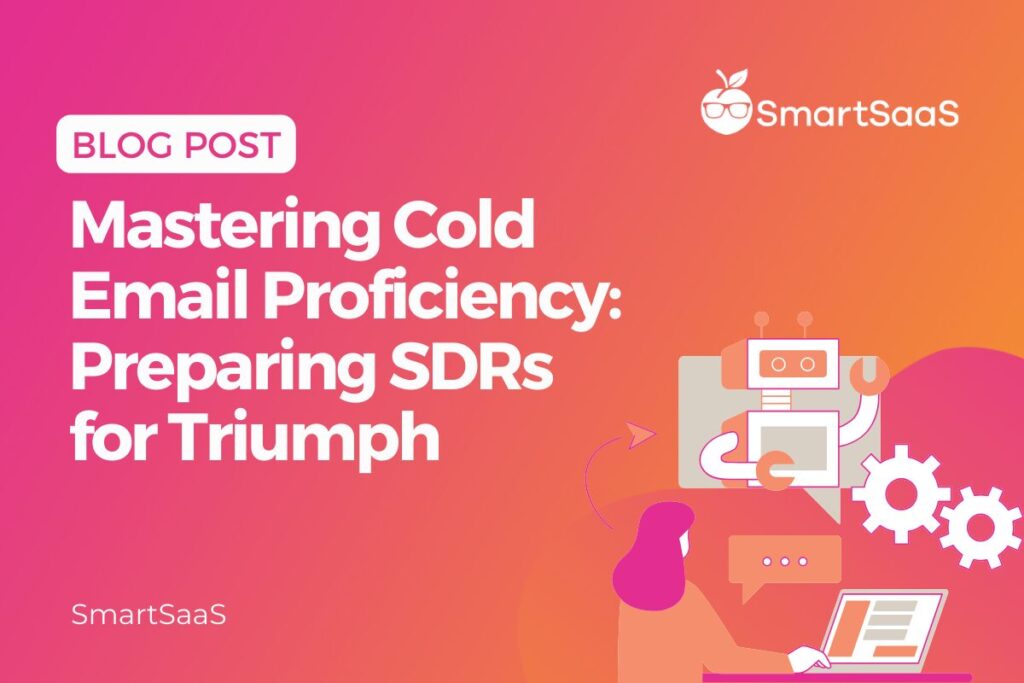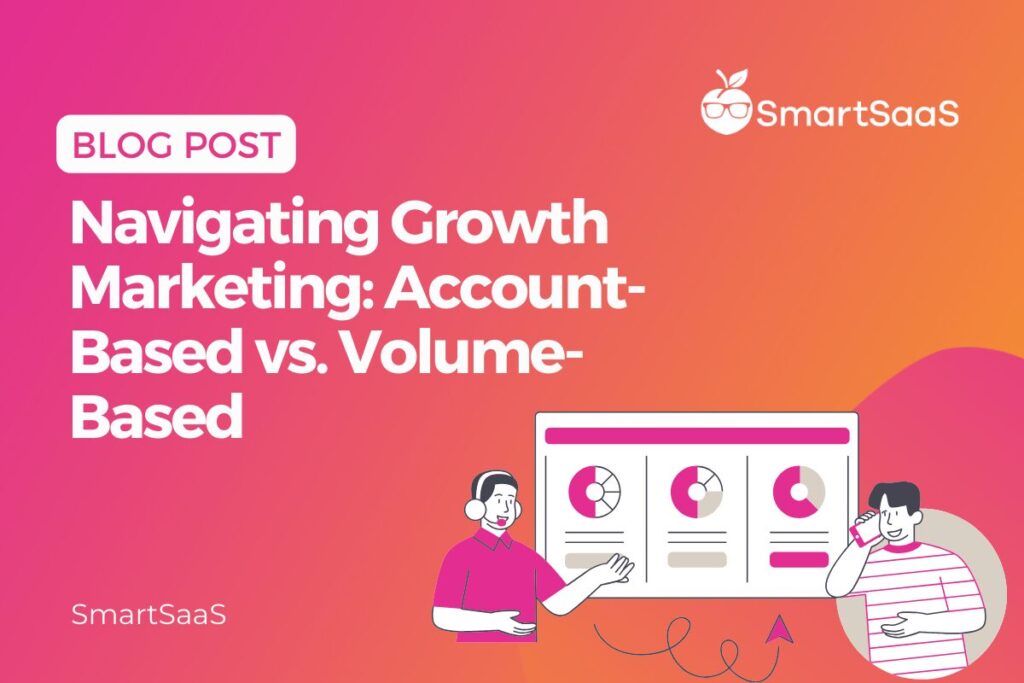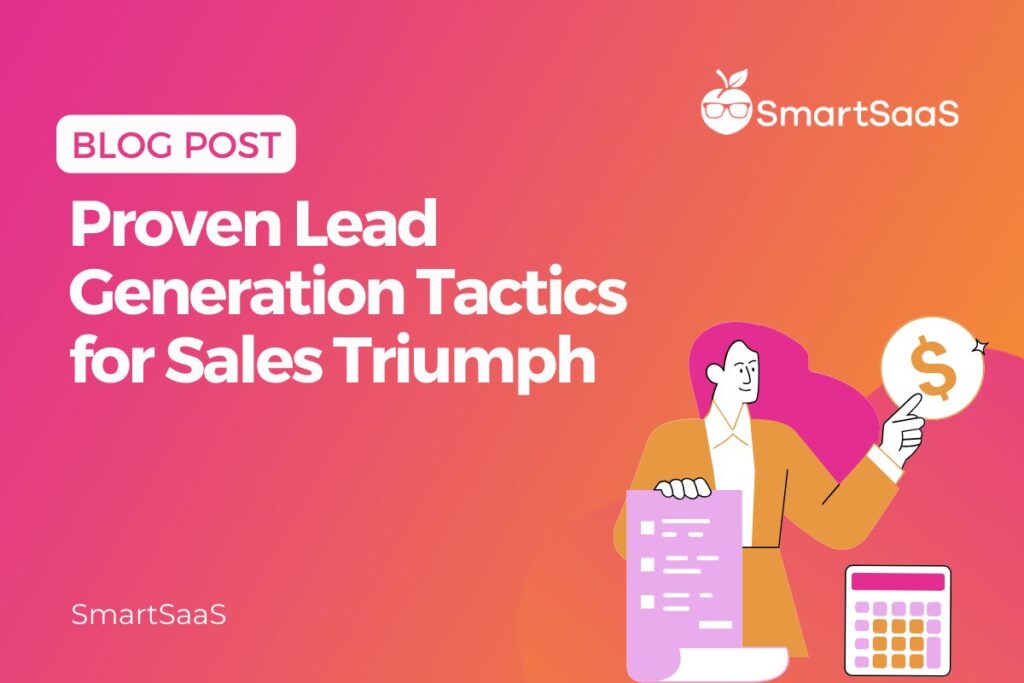Cold Email Mastery: Training SDRs for Success

The days of sending generic, mass-produced cold emails are long gone. Prospects are inundated with emails, and standing out from the crowd is a must.
To make matters more complex, sales tactics are continually evolving. What worked yesterday may not work today. Buyers are savvier and can easily spot a templated email that lacks personalization.
As Robyn Orsini, Co-Founder of SmartSaaS, puts it:
‘Cold emails that sound like copy-paste jobs go straight to the trash. Buyers want authenticity, relevance, and value.’
To stay ahead of the game, sales teams must adapt and refine their approach to cold emails.
Training SDRs for Cold Email Mastery
Traditional methods of training SDRs for cold emails—providing templates and measuring success based on volume—aren’t cutting it anymore. It’s time to level up.
Here are key components to include in your SDR training program for crafting successful cold emails:
1. Demystify the Strategy
Begin by explaining the overarching strategy behind your cold emails. Why do you use certain language or tone? What role do cold emails play in your sales funnel? How do you segment and target prospects?
Highlight common mistakes and explain why they fall short. For example, starting emails with generic introductions like “I’m [Name] from [Company]” may not capture the prospect’s attention.
Walk SDRs through examples of successful emails, breaking down the key elements and frameworks. Emphasize that the primary goal is to initiate a meaningful conversation with the prospect.
2. Foster Ownership and Creativity
Empower your SDRs to take ownership of their cold email efforts. Encourage them to analyze top-performing and underperforming emails, and to ask questions such as:
- What makes these emails stand out?
- What elements resonate with the audience?
- How can we improve or personalize the message?
Involve SDRs in the email creation process. Challenge them to brainstorm new ways to achieve the desired outcomes, and to think about what elements they might add, remove, or reorder. Creativity is key.
3. Provide Support and Guidance
SDRs need the right tools and guidance to excel. Discuss topics like time management, effective personalization techniques, and the best use of technology for email campaigns.
Introduce SDRs to external resources and communities, such as sales forums and networking groups, where they can continue learning and growing.
Offer ongoing support and check-ins to ensure that SDRs feel confident and equipped to succeed.
4. Encourage Experimentation
Hands-on experience is invaluable. Assign practical tasks during training that allow SDRs to apply their learnings. Examples include:
- Creating new templates with personalized messaging
- Researching new personalization sources to enhance outreach
- Designing a new email cadence or segmenting a prospect list for better targeting
- Conducting A/B testing on email variations and analyzing the results
The goal is to foster a sense of ownership and independence in SDRs, while also providing opportunities for growth and learning.
Metrics and Measuring Success
- Open Rate: One of the most important metrics to measure the success of email campaigns is the open rate. SDRs should strive to create emails that grab the recipient’s attention and entice them to open the email.
- Response Rate: Another critical metric to measure is the response rate. SDRs should craft emails that are personalized, relevant, and valuable to the recipient. This will increase the likelihood of receiving a response from the prospect.
- Conversion Rate: Ultimately, the goal of cold email campaigns is to convert prospects into customers. SDRs should track the conversion rate and analyze what is working and what needs improvement in their emails and sales process.
- A/B Testing: To improve cold email success, SDRs should conduct A/B testing on various elements of their emails such as subject lines, email copy, and calls-to-action. This will help them determine what resonates best with their target audience and improve their performance.
To Wrap Things Up
Training SDRs to write compelling cold emails is an investment in your sales team’s future. It not only enhances their skills but also positions them for future roles as Account Executives or Sales Managers.
Keep in mind that buyer preferences and industry trends will continue to evolve. As such, ongoing training and adaptation are essential to ensure that your SDRs—and your sales team as a whole—remain effective and successful.






Responses